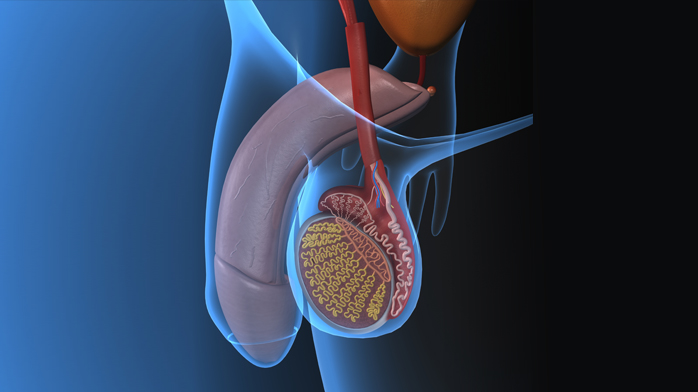Sperm capacitation
A process that is used to retrieve the spermatozoa in a semen sample that have the greatest probability of fertilising

How can we help you?
Non-obligation guidance
Sperm capacitation is a natural process that takes place in semen after it has been ejaculated and it is essential for fertilising the ovum. This process takes place when ejaculated semen comes into contact with the female genital tract.
There are several ways of performing this process in the laboratory and achieving a sample of spermatozoa that are suitable for use in assisted reproduction techniques.
What is sperm capacitation?
Sperm capacitation is the set of natural physical changes that a spermatozoon undergoes in order to be able to fertilise the ovum. This occurs in vivo following ejaculation when the spermatozoa come into contact with the different fluids in the female genital tract.
The most significant changes include the following:
Changes to the spermatozoon’s pattern of movements. It ceases to move in straight lines and starts to fluctuate as a result of powerful movement of the head to the right and to the left.
Changes to the composition of its membrane so that it is able to fuse with the ovum and carry out an acrosome reaction.
What is the purpose of sperm capacitation? What is its aim?
In vitro capacitation takes place following washing and purification of ejaculate using a series of techniques that aim to give the sample the largest possible number of motile and functional sperm. This capacitation (also known as recovery of motile sperm) along with a seminogram provides us with the necessary information for deciding what type of treatment is the most appropriate for each couple. These can include controlled sexual intercourse, artificial insemination, IVF, ICSI or the use of a sperm bank.
Immotile sperm and sperm plasma that contain toxic substances that can damage the spermatozoa are also eliminated during the capacitation process.
What does sperm capacitation involve?
There are numerous techniques for washing and capacitating semen samples in the laboratory.
Density gradients
The technique uses centrifugation in order to separate and concentrate spermatozoa. Spermatozoa with good motility and morphology travel through the different gradients following centrifugation and they get separated from the remaining spermatozoa. The latter are discarded. It is one of the most commonly used techniques because it generates a sample that is free of other cells that could interfere with the fertilisation processes.
Swim-up
The sample is centrifuged to make it more concentrated and the supernatant is eliminated. Following this, a new culture medium is added to the concentrated sample without altering the pellet that has been obtained. It is incubated for between 30 and 60 minutes. During this time, the spermatozoa with good motility move into the medium making it possible to select them and use them for whatever technique has been selected.
When is sperm capacitation advisable?
Diagnostic sperm capacitation is part of the male partner analysis that is performed prior to any type of assisted reproduction treatment.
Once partner analysis has been completed, sperm capacitation is applied to the samples when insemination, IVF or ICSI treatment is performed.